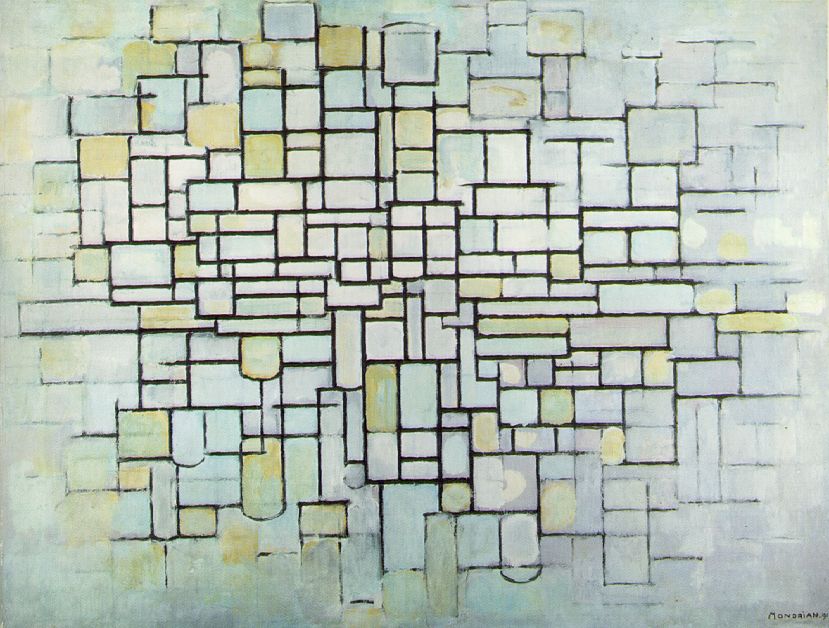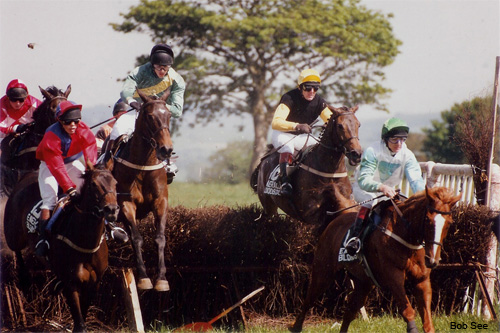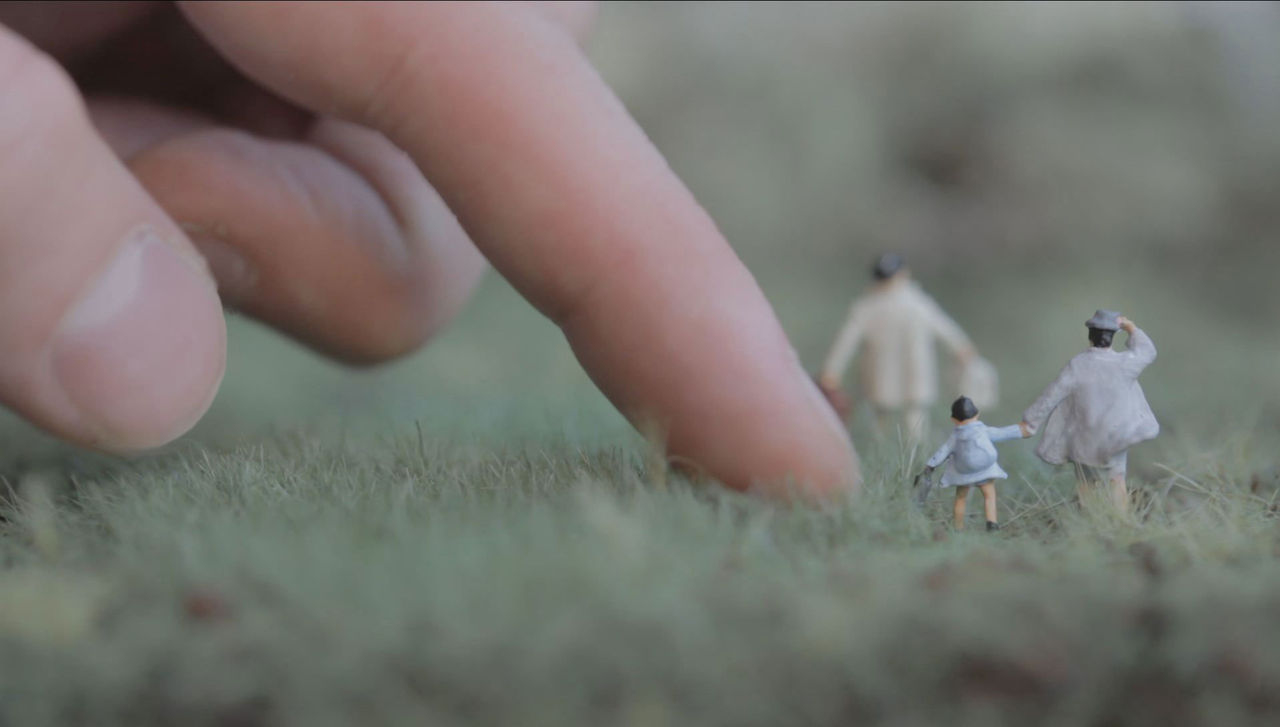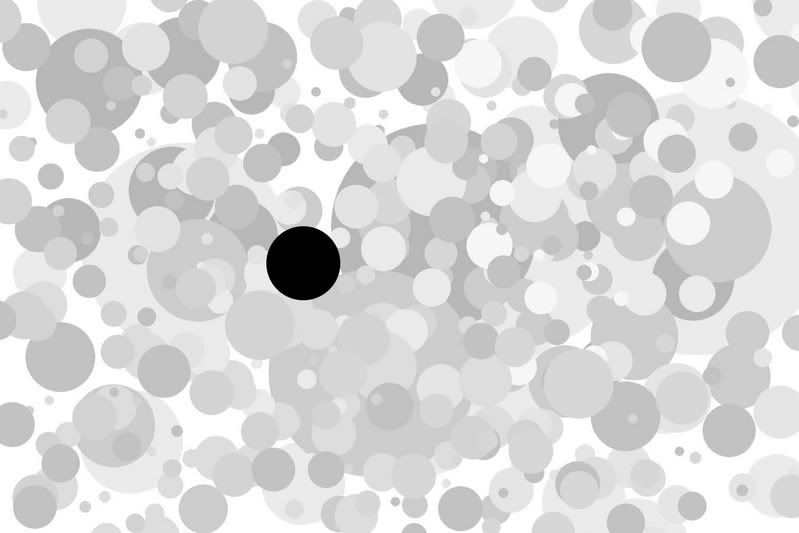
*Photo taken from google
The newest project that we as students embarked on in art class this week was to create a convincing and nicely designed business card for a design consultant. As of the late our tasks in this course include the planning and eventual execution of redesigning spaces within the Saunders Secondary School building of which the teachers are not pleased with the current appearance of.
The struggle of designing our business cards, in the case of my own business card was at first coming up with an idea for a design that was both simple but creative. I only wanted to put the most basic of information on my business card such as my name, my phone number and email for contact purposes. In the corner I had also included my student number for the school to be able to identify me as a student of the TVDSB.
For the image on the card itself I used warm colours, but not a colour that was too bright that it would blind the user a colour that was plain enough that it would be both attractive and pleasing to the eye. I used a tawny colour with a slightly darker border to keep within the colour theme. In order to "spice up" the design I used my knowledge of programs such as Adobe Illustrator to create a circle pattern design within the upper left hand corner of the card. To contrast the design I added a single shaded in circle at the bottom right hand corner, which the eye will be drawn to after looking at the design.
In this manner the card succeeds in having the viewer look at the entirety of it's design. Including the Saunders Secondary School logo of a saber in upper right hand corner. In my attempt to maintain a simple but "fun" sort of card design I used a font I felt that fulfilled this role well. Gungsuh was used to create the title or more specifically my name. LilyUPC was used to create the wording underneath "Design Consultant." These fonts, although different are indeed similar and thus why I choose to use them together within the design. On the note of LilyUPC it was also used to make the student number.
GulimChe was the font used to make the telephone and email address on the card, which concludes the amount of type used within it's design.
After aligning the card's font to be mainly center, but slightly to the right I felt that it was concluded to look attractive and pleasing to the viewers eyes. A lot of effort is poured into creating something as simple as a business card, and depending on how well such a job is executed can make the difference of whether or not you are hired for that dream job you have been wanting. Thus, although all of the detail and thought put into the design may seem pointless or obvious it is not always the case, and sometimes it's best to take a few moments and think, "What do I want this to look like?"








